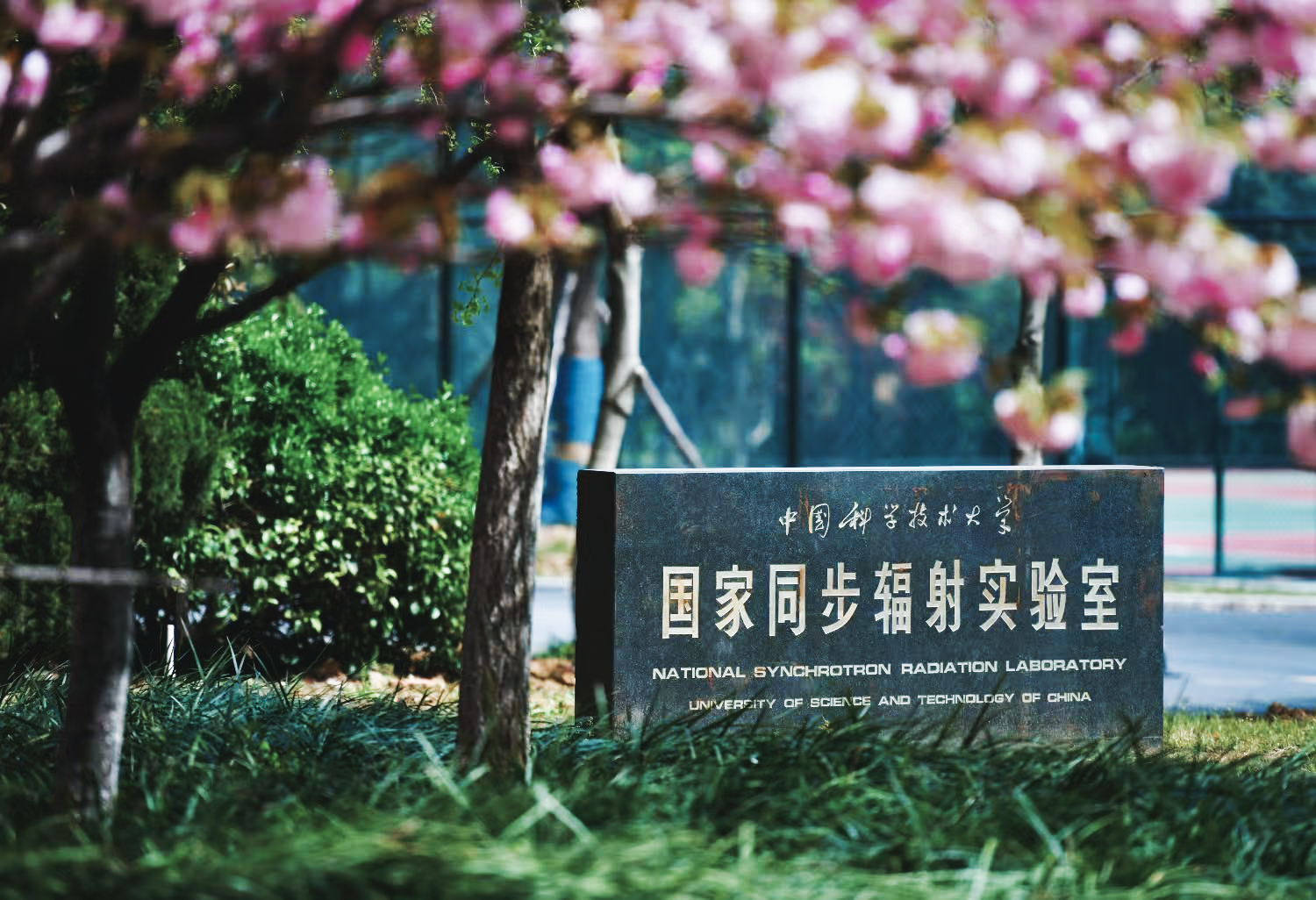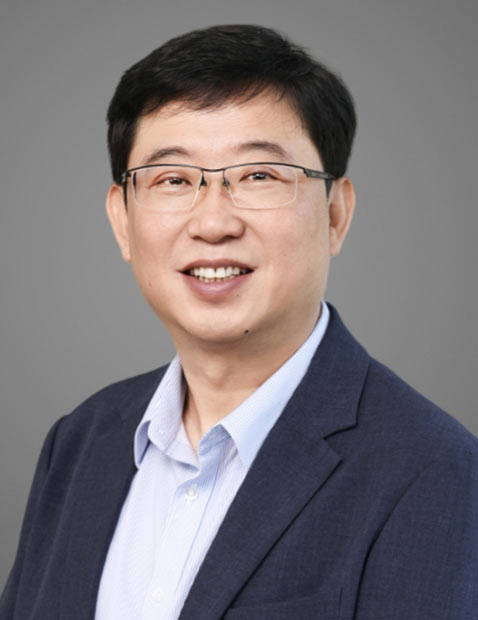Welcome to the National Synchrotron Radiation Laboratory (NSRL).
The National Synchrotron Radiation Laboratory (NSRL) was approved by the State Planning Commission in April 1983, establishing it as China's first national laboratory. Its primary missions are: to provide stable, internationally first-class large-scale scientific experimental facilities for users both domestically and abroad, aligned with national major research initiatives and strategic needs; to actively develop new technologies and methods in synchrotron radiation and its measurement...
Read More

Welcome to the National Synchrotron Radiation Laboratory (NSRL).
The National Synchrotron Radiation Laboratory (NSRL) was approved by the State Planning Commission in April 1983, establishing it as China's first national laboratory. Its primary missions are: to provide stable, internationally first-class large-scale scientific experimental facilities for users both domestically and abroad, aligned with national major research initiatives and strategic needs; to actively develop new technologies and methods in synchrotron radiation and its measurement, thereby advancing key technologies for China's advanced light sources; and to gather and cultivate top-tier talent for scientific research and technological development.
The laboratory hosts China's first independently built dedicated synchrotron radiation light source—the Hefei Light Source (HLS). Its advantageous energy range lies in the vacuum ultraviolet and soft X-ray regions, primarily serving research in advanced functional materials, energy and environment, and interdisciplinary studies of matter and life sciences, providing an advanced research platform for China's basic and applied fundamental sciences. Since the 1990s, through long-term operation and open access, the Hefei Light Source has addressed a series of important scientific challenges with significant research findings published in internationally renowned journals like Science and Nature. Addressing China's major strategic needs, it has conducted pioneering research in areas including aero-engine combustion, coal chemical energy conversion, advanced thin-film materials, large grating technology, and standard detector calibration and transfer. Currently, the operational performance of the Hefei Light Source reaches the advanced level of similar international facilities, with annual operation exceeding 7,000 hours, a machine availability rate better than 99%, and providing over 40,000 hours of high-quality beam time annually for users worldwide.
As the primary supporting institution of the education system at the University of Science and Technology of China (USTC), the laboratory underpins the development of the first-level discipline of Nuclear Science and Technology. A core objective is cultivating interdisciplinary talents for critical national instruments, directly serving the construction of national large-scale scientific facilities and frontier research and major needs in nuclear science and technology. This discipline was rated as a National Key First-Level Discipline in 2007 and received an A+ grade in the 2016 fourth-round national discipline assessment. It boasts a complete undergraduate-master-doctoral education system, with specializations covering secondary disciplines such as Nuclear Technology and Applications, Synchrotron Radiation and Applications, and Radiation Protection and Environmental Protection, possessing unique advantages in the construction and research related to large-scale scientific projects like synchrotron radiation. Over the past decade, the laboratory has graduated over 500 postgraduate students and currently has approximately 400 enrolled.
The laboratory has over 200 staff members, including one Academician of the Chinese Academy of Sciences, 44 doctoral supervisors, and more than 20 individuals who have been selected for national talent programs or served as chief scientists for national key research and development projects.
As a core component of the Hefei Comprehensive National Science Center, the laboratory possesses China's first user-dedicated infrared free-electron laser facility. In 2023, it has successfully launched the construction of the Hefei Advanced Light Facility (HALF), envisioned as the world's most comprehensively performing fourth-generation light source in the low-energy region. The goal is to form an advanced light source cluster, promoting the aggregation of multiple disciplines, top-tier scientists, first-class innovation teams, and high-tech industry R&D, thereby bolstering the national science and technology strategic layout.
In this new historical era, the National Synchrotron Radiation Laboratory inherits the spirit of its founders of large-scale scientific installations—the selfless dedication of considering success not necessarily one's own, the collaborative unity of believing success must involve oneself, and the pioneering and enterprising spirit of daring to lead. It upholds the principles of User First, Professionalism, Academic Democracy, and Openness & Progress, embraces new missions, works meticulously and perseveres, striving tirelessly to achieve innovative and leapfrog development.


